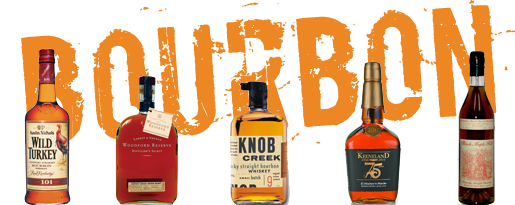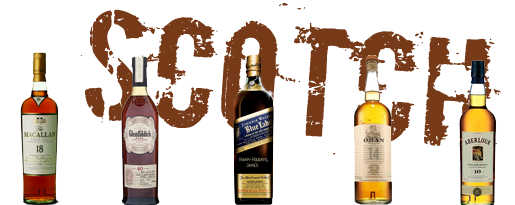Bourbon is not Scotch.
Silly and obvious, I know, but after reading an article where a man was blasting bourbon distilleries for removing age statements, I feel it must be said. Many bourbon drinkers today are first introduced to brown liquors through scotch. It makes sense. You grow up, you want something a little stronger and little more “top shelf”. Scotch is wonderful stuff, so you try other brown liquors and discover that bourbon is sweeter and bolder in many ways and you want to explore more…but the age statements are lower and it can’t be as good, right? Wrong. Bourbon is not Scotch.
Bourbon is aged in brand new, charred oak barrels. (They don’t need to in American white oak, but they tend to be.) I usually use the analogy of a tea bag to explain how much having a brand new barrel affects the distillate. A new tea bag in a hot cup will make very strong tea. Use it again, and it won’t be nearly as strong, but perhaps a bit more nuanced and less tannic. The law limits bourbon to only be made with that brand new barrel, so we’re always going to have “strong tea.” Once those barrels are used, they are broken down and shipped to Scotland to be reassembled (albeit into larger barrels) and reused to make scotch. Reused barrels do not contribute those strong initial flavors and the new scottish distillate can now sit in them for much longer. 97% of scotch is aged in used bourbon barrels leading to, what some believe to be, the “bourbonization” of scotch today.
A lot of bourbon drinkers will tell you that age statements matter a great deal. An age statement only tells you the age of the youngest whiskey in that bottle (true for bourbon and scotch and all other age statement whiskeys). Believe me when I tell you that the selection skills of master distillers in places like Buffalo Trace and Four Roses know when their whiskey is ready. Elmer T. Lee is no longer with us, but he PERSONALLY chose his bottlings while he was alive from his favorite warehouses (I & K). He insisted upon it when the company wanted to name a bourbon after him. The whiskeys he chose were 9-10 years old, but always his call. This brilliant man knew that the sweet spot for bourbon was between 8-10 years. He’s not with us to choose anymore, but the huge respect that he demands at Buffalo Trace is not going to be disrespected with bad choices of liquid for his bottlings! He also hand picked the Buffalo Trace sample barrel that the entire line is crafted from- 8-9 yrs old and sourced from warehouses “C, I and K”, btw.) He was the brains behind Blanton’s Single Barrel (approx 9 yrs old) which is a spectacular whiskey and is a huge part of why any of us is even drinking bourbon today!
Every barrel ages differently. There are people whose job it is to maintain those barrels now a days. Barrel programs and warehouse management are more important now than ever because of the demand for whiskey. A barrel ages faster higher up in the warehouse, slower down low and differently in different types of warehouses (Blanton’s, in heated warehouse “H”, ages faster than it would elsewhere). Just ask Ronnie Eddins from Buffalo Trace whose name is on the back of every Single Oak Project how important wood and environment is! Age statements can be tricky and companies that want to be honest with us are being blasted for better warehouse management. Notice I’m saying that whiskeys are vatted from different warehouses and have different ages of barrels going into them. Let’s not jump to conclusions about how losing age statements is ruining our whiskey. Eagle Rare will be 10 years old until at least 2047, relax. The only reason any whiskey aged in a brand new barrel is going to make it 17, 18, hell! 23 years is because it’s lower in the warehouse and doesn’t have as much interaction with the barrel! More down time for mellow aging and esterification. This IS NOT SCOTCH! Stop worrying about how old it is and drink it!!!!


